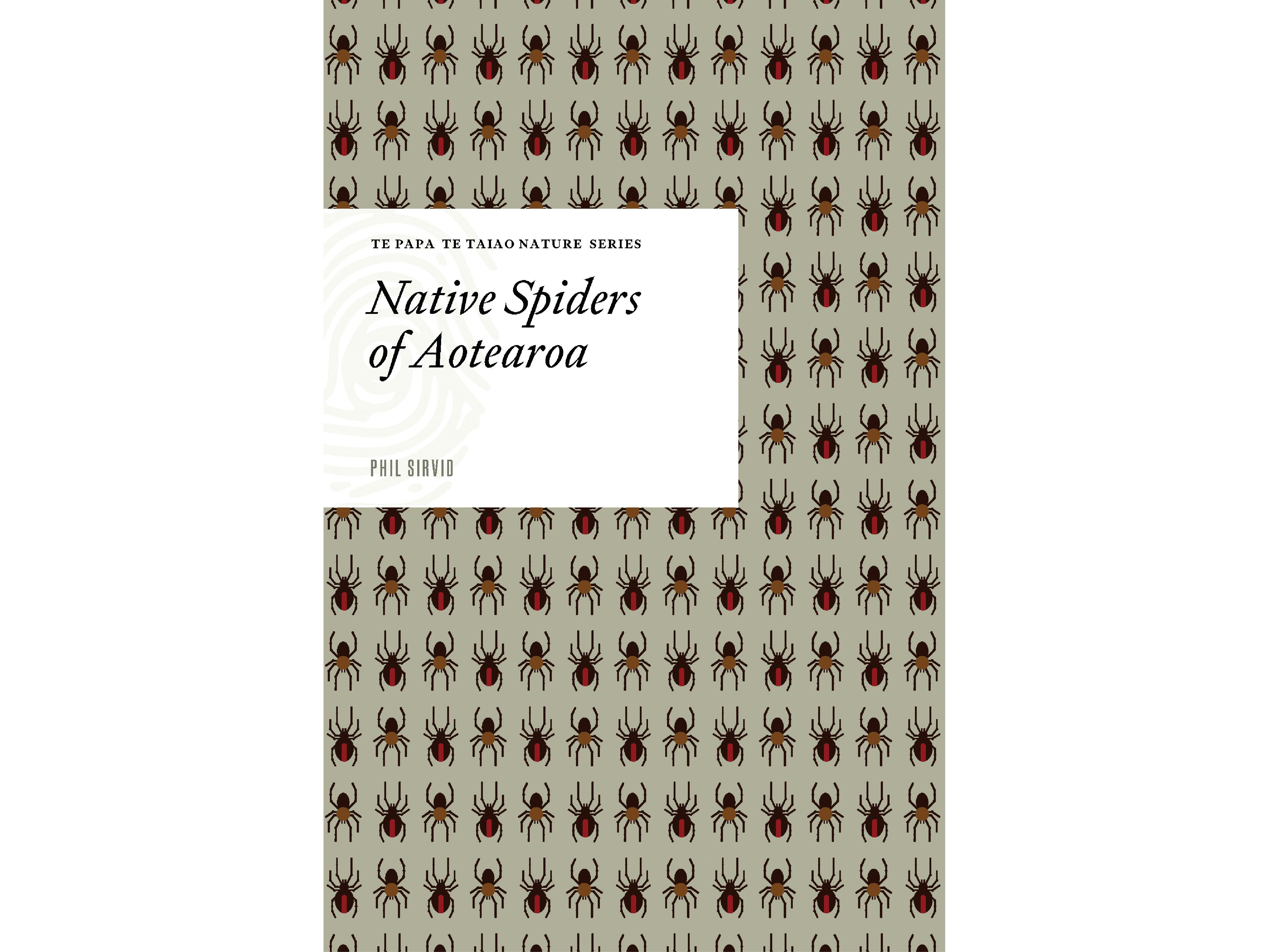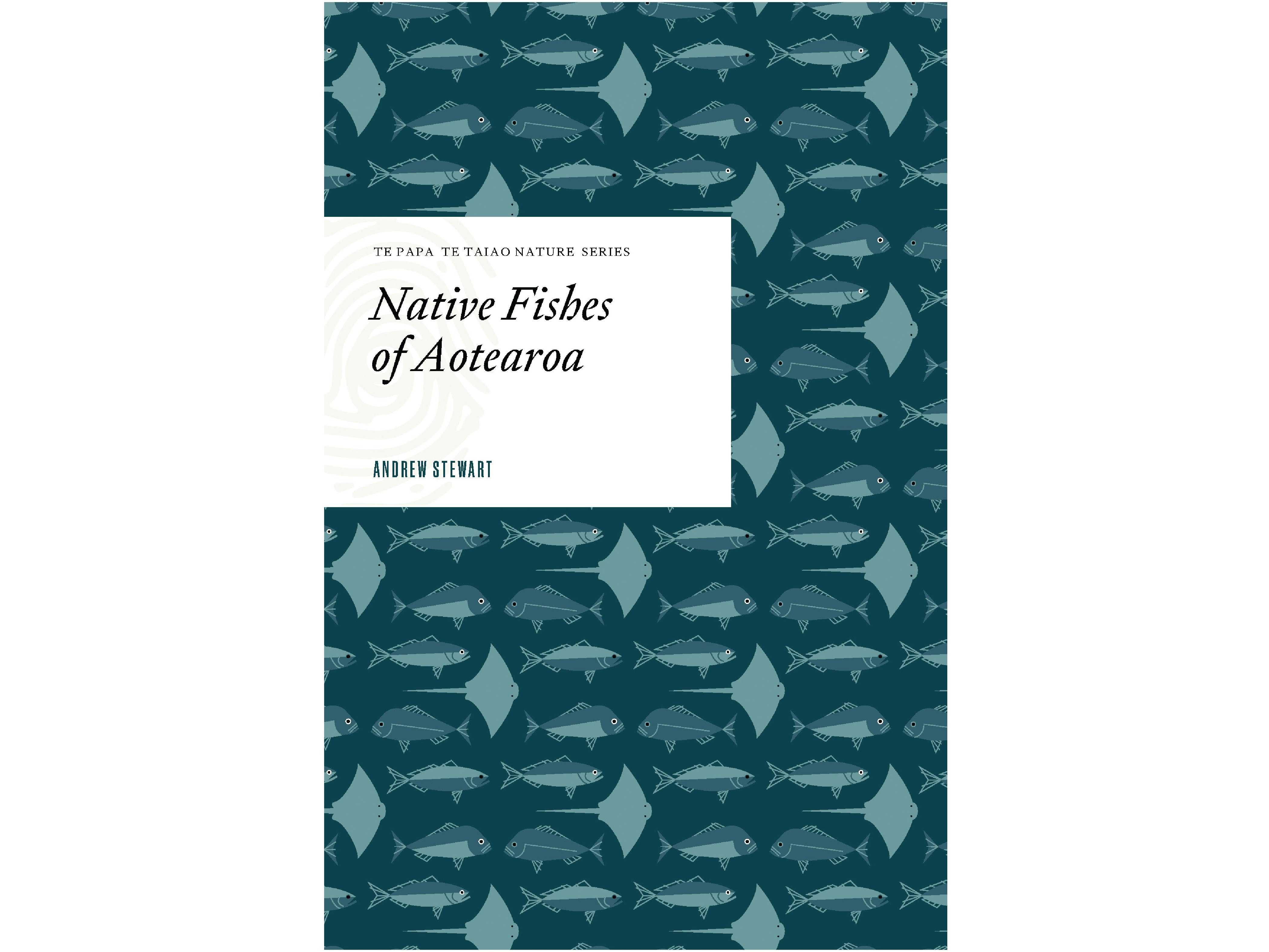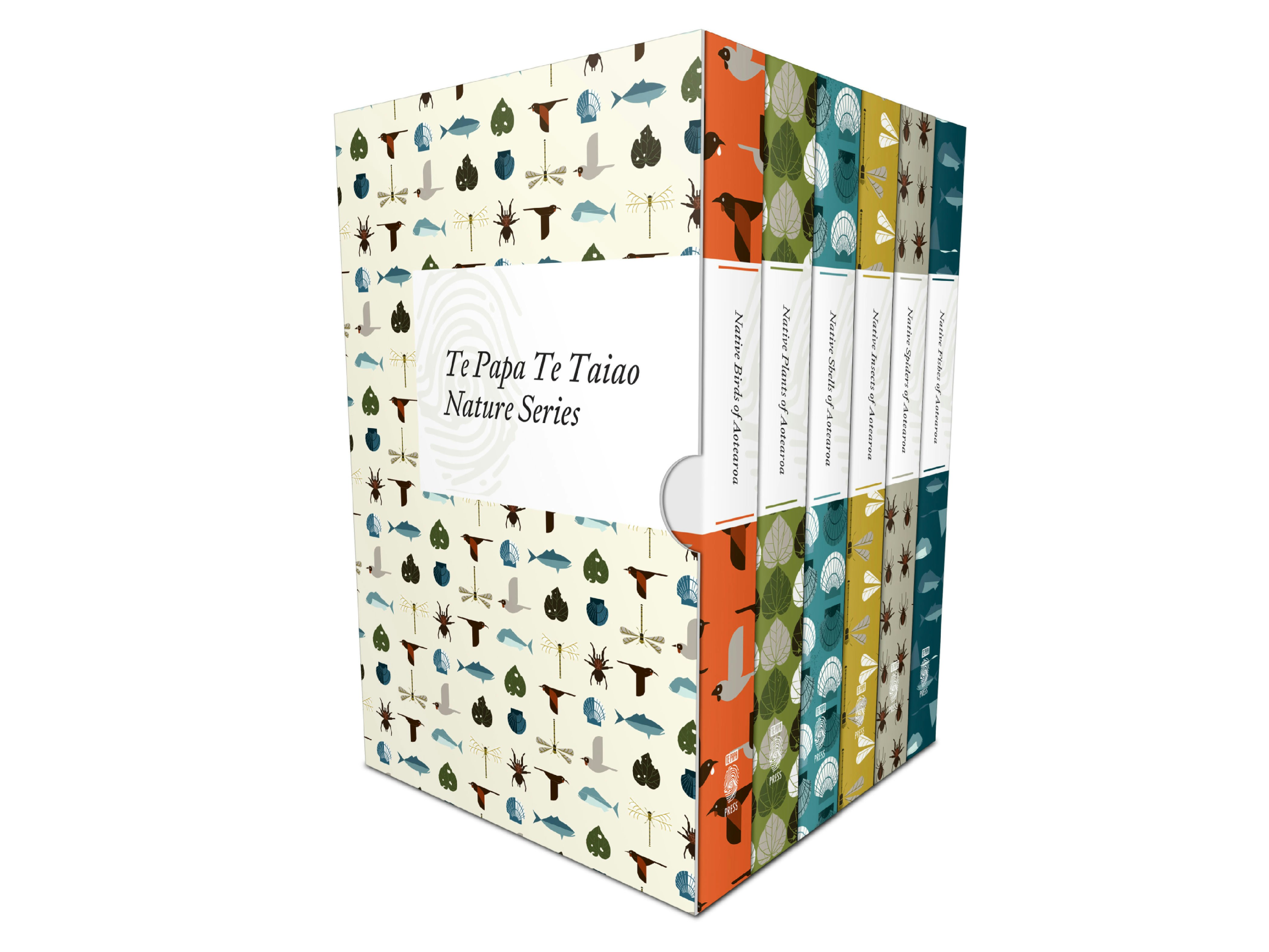
Te Papa Te Taiao Nature Series: Native Spiders of Aotearoa
A handy introduction to the unique spiders of Aotearoa.
Free museum entry for New Zealanders and people living in New Zealand
Open every day 10am-6pm
(except Christmas Day)
Free museum entry for New Zealanders and people living in New Zealand
Phil Sirvid and Andrew Stewart discuss Native Spiders of Aotearoa and Native Fishes of Aotearoa with Te Papa Press.
Phil Sirvid is Curator Invertebrates in the Natural History Team at Te Papa. Phil has looked after the insect and arachnid collections and been involved in science outreach at Te Papa for over 30 years. He has contributed to the Te Papa Press titles Why is That Spider Dancing?, 100 Natural History Treasures of Te Papa, and Nature—Stilled, and more recently co-authored Native Insects of Aotearoa – part of the Te Taiao Nature series – and The Incredible Insects of Aotearoa.
Curator Vertebrates Dr Phil Sirvid.
Andrew Stewart is Assistant Curator Natural History at Te Papa and co-author of the landmark The Fishes of New Zealand (2015). Andrew has had a fascination and love of fishes since he was very small and since developed that interest at Te Papa for over forty years through research and science outreach. His particular areas of specialisation are sharks and rays, the deep-water fishes and Southern Ocean (Antarctic) fishes.
Assistant Curator Natural History Andrew Stewart.
Phil Sirvid: I could appeal to reason and ask you to imagine a world where spiders weren’t around to eat the colossal volume of insects that they do. But instead, I’ll ask you to recall the beauty of a dew-laden web on a misty morning. And if that doesn’t work, look up peacock spider videos on the “web”. They have flashy dance moves and are adorable looking. If you’re not enchanted, I don’t think I can help you.
PS: Tunnelweb spiders. Despite scaring the crap out of me when I was four, these spiders have won me over. First of all, they belong to a family unique to Aotearoa (Porrhothelidae), they eat garden snails, they were part of the design inspiration for Shelob in Peter Jackson’s Return of the King, and they are reputedly our heaviest spiders too. I’m so won over; I’m describing several new species of them right now!
PS: More than 1100 species and counting. There are plenty more still to find, and our own collections hold undescribed species. Endemism is high – around 95% of our spiders are found nowhere else on Earth.
PS: Anywhere, from coasts to mountains, in caves, around the home and most especially in native forest. While most spiders aren’t aquatic, we have species capable of walking on or diving under water, and one that can build an air-filled retreat that can sustain it underwater for 19 days.
PS: Spiders are sometimes under threat from haters armed with a spray can or a sandshoe! But seriously, while many species are common, some are threatened, and others have been collected so infrequently, we just don’t know. Currently, only katipō and the Nelson cave spider are legally protected under the Wildlife Act.
Andrew Stewart: They make wonderful pets, they have fascinating lives, they look so different from each other, some even taste good… they tick ALL the boxes. What is there not to love?
AS: Yes, seahorses fulfil the criteria to be a fish: they are vertebrates, with gills all their lives, and limbs in the shape of fins. I tried to select species for the book that the targeted audience would be likely to see, but to not duplicate what other books on the market already do. I also tried to put a few different ones in and tell some of their stories. And, if you think seahorses look weird, you should see the tube-eye – looks like it was put together with left-overs.
AS: Not only can, but are. Around a quarter of our fishes are found nowhere else in the world. This year we found an endemic snailfish in the Puysegur Trench at 6,000 metres! The freshwaters and rockpools are full of endemic species.
AS: I have had the incredible privilege over my nearly 43 years of getting to some fantastic places to collect fishes – from the Kermadec Islands to the Ross Sea, trenches to alpine streams. I have been on major expeditions to areas never sampled before. Through the 90s the Fishes Team was funded, through DoC, to conduct a number of SCUBA surveys to remote parts of the motu. I have enjoyed all of them.
AS: The sea is what defines and controls us; over 99% of the habitable space on the planet is deep sea. If things start to go wrong with these complex ecosystems, then we are in serious trouble. We need to understand the diversity of life and how the marine environment directly or indirectly affects us. As a 3-year-old, it was a book like this that triggered my life-long fascination with fishes and desire to know more.

A handy introduction to the unique spiders of Aotearoa.

A handy introduction to the unique fishes of Aotearoa.

The ultimate introduction to the natural history of Aotearoa.